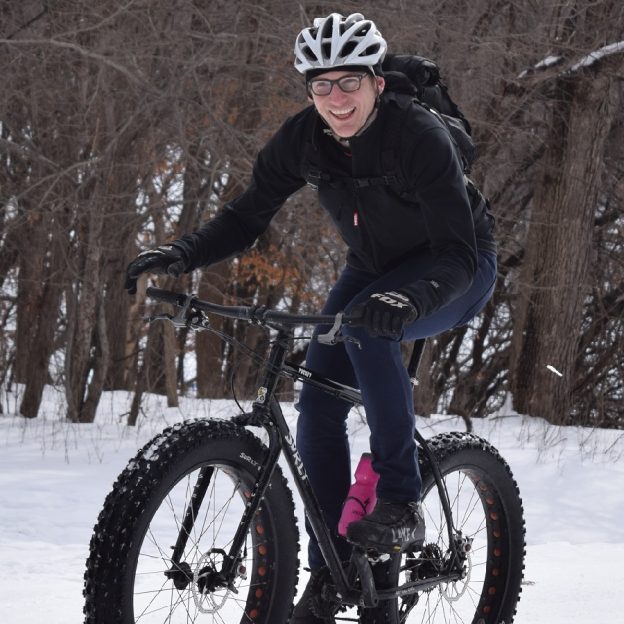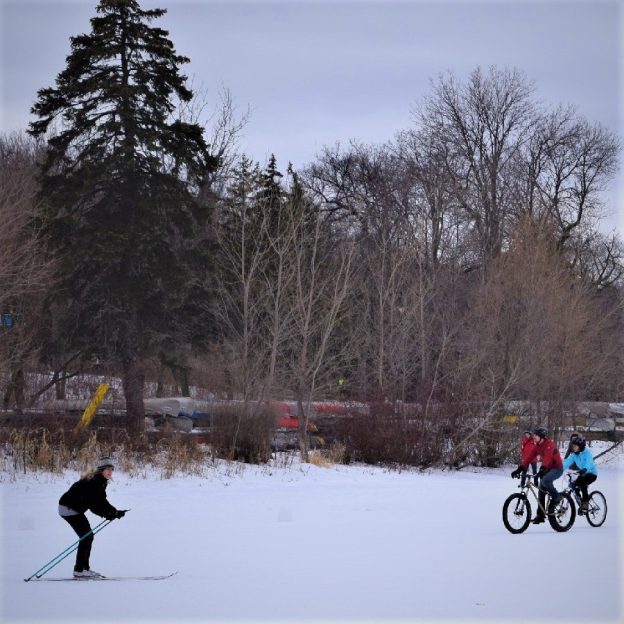Category: News
-
2025 MN bike guide cover
As a utilitarian tourism publication, we are adding water transportation content and landing points of entry to the MN Bike Guide maps. MN Bike Guide availability The 2025 MN Bike Guide will be available in April, and the current edition is available here.
-
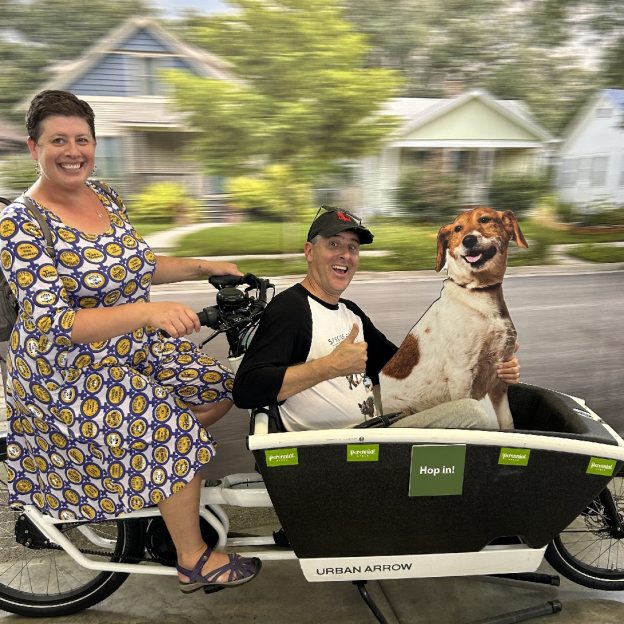
Helpful tips to consider before purchasing an E-bike
E-bikes (electric assist bikes) are a fun and eco-friendly way to travel, offering a new way to get around and encouraging various non-commuting activities, like grocery shopping. They are game-changers that provide flexibility for navigating heavily populated areas or touring scenic countryside routes. With the growing popularity of the e-bike, here are some key questions…
-
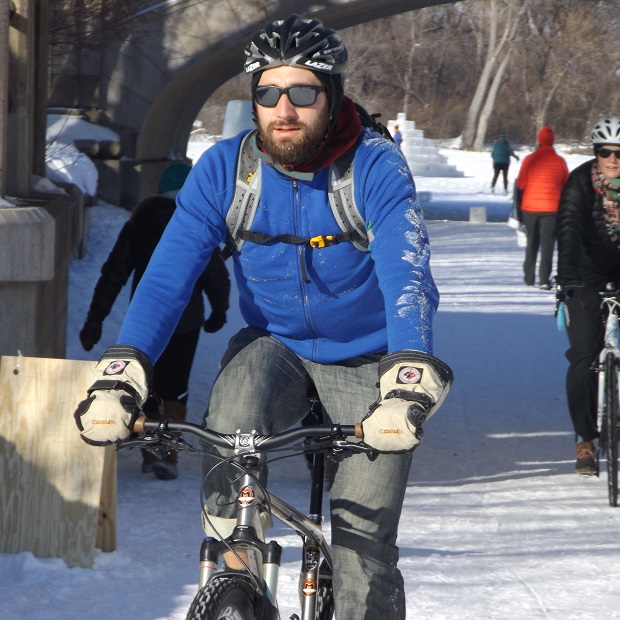
Ice safety tips to bike, ski, or walk on water
For anyone unfamiliar with the bold north, biking, skiing, or walking on water is a fun outdoor winter activity when incorporating a few ice safety tips into the adventure. Mother Nature’s temperature swings in the upper Midwest will determine when to venture onto a frozen body of water. Usually, from mid to late December through …
-
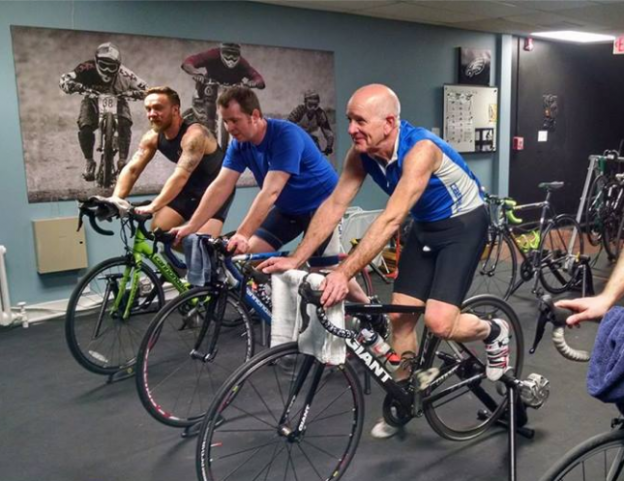
Indoor biking is fun and effective training through the winter
No matter how brave you are, sometimes weather conditions keep you from conquering those trails with indoor biking. This is especially true as the mercury drops and turns our beloved Earth into something reminiscent of the Russian front. Luckily, there are plenty of ways to have fun with indoor biking. Maybe with a spin class?
-
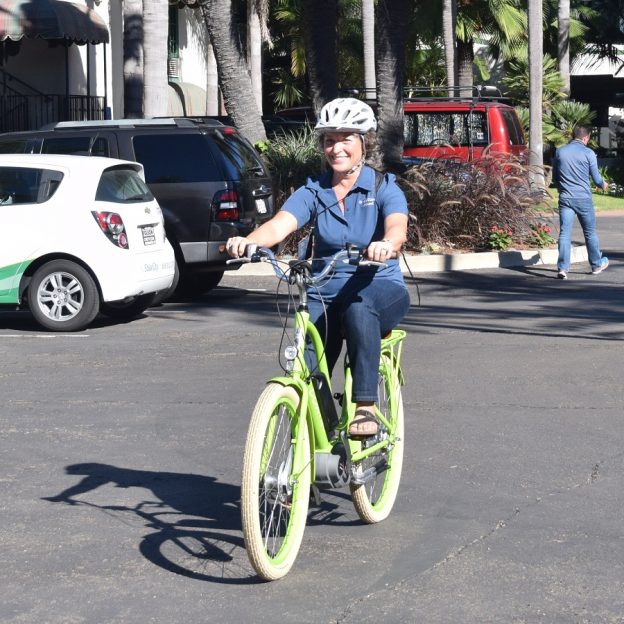
Go further with the latest in electric bike technology
Has the idea of riding an electric assist bike, or e-bike, piqued your interest? If so, and you are looking to extend your range of bicycle travel, you are in luck. E-bike technology has improved, and many e-bike brands now offer increased range or distance you can travel. Some of the newer brands and models…
-

Global Fat-Bike Day brings old and new friends together
Are you ready? The worldwide Global Fat-Bike Day helps to bring outdoor enthusiasts together to ride and make new friends. This year, on Saturday, December 7th, several rides will be held here in the upper Midwest to honor this event’s mission. Check them out!


